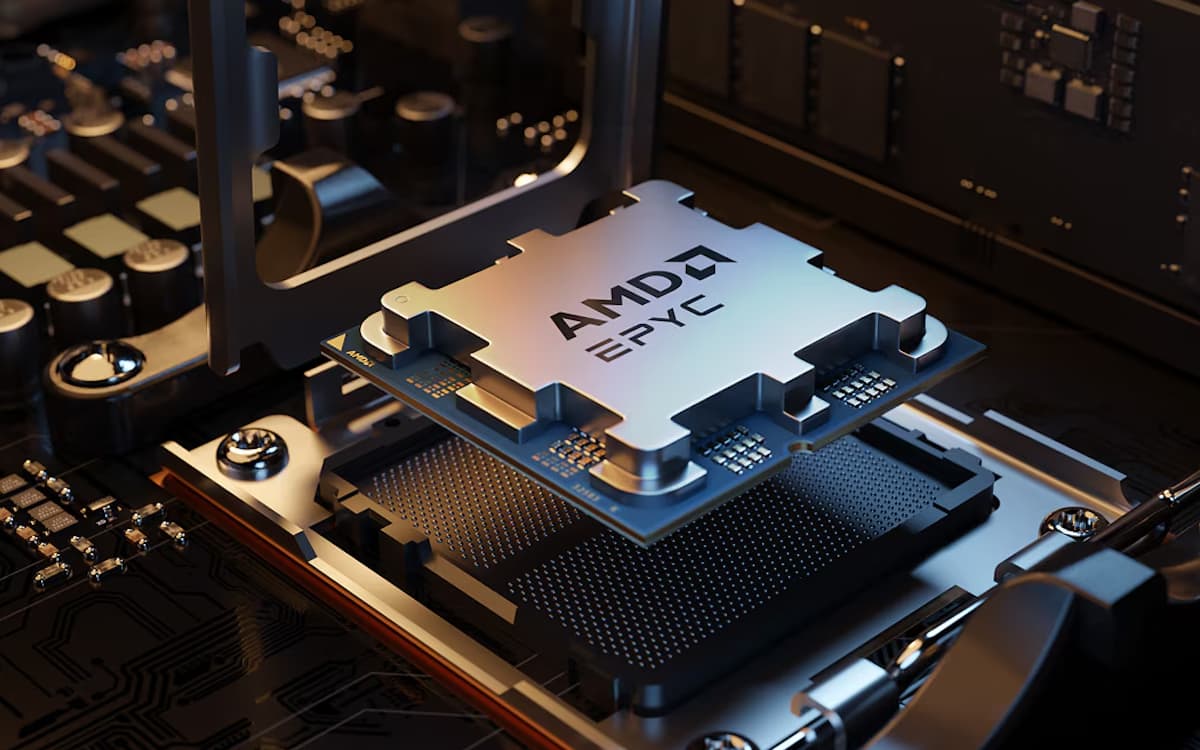
In a significant advance in the field of computational engineering, AMD was responsible for a historic achievement in supercomputation. The company has made the execution of a computational fluid dynamics (CFD) simulation 25 times faster than conventional methods, using the Frontier supercomputer at the Oak Ridge National Laboratory (ORNL) in the United States.
From 38 hours to 1h30: the revolution in the CFD simulation
The simulation of an axial turbocharger involving 2.2 billion cells was conducted to the company Baker Hughes, which specializes in technology for the energy sector.
Traditionally, the processing of this type of task took about 38.5 hours using 3,700 CPU nuclei. With the new approach, only 1,024 AMD Instinct Mi250X accelerators combined with AMD EPYC processors were enough to reduce this time to impressive 1.5 hours.
The drastic reduction in execution time allows companies to make adjustments and test new solutions with much more agility, increasing productivity and accelerating the development of sustainable technologies.
The result shows how cutting -edge supercomputation can face the most complex challenges of modern engineering, paving the way for more efficient and sustainable innovations
Brad McCredie, Senior Vice President of Data Center Engineering at AMD.
Frontier and El Capitan: very high performance rivals
Frontier, before holding the fastest supercomputer title in the world, was also the first to overtake the Exhaesque performance barrier. However, in November 2024, it was surpassed by El Capitan, located at the Lawrence Livermore National Laboratory. Still, both systems are fed by AMD technologies.
Frontier uses 9,408 EPYC and 37,632 GPUS Instinct Mi250X processors. El Capitan bets on 44,544 AMD accelerators Instinct Mi300A. Interestingly, Ansys Fluent’s simulation only used a fraction of the resources available on Frontier, which indicates even greater processing potential if all units were used.

AMD challenges Nvidia in the field of AI and HPC
Despite Nvidia’s domain in the GPU market aimed at artificial intelligence, AMD is now positioned as a strong competitor, especially in high performance applications (HPC). However, it still faces challenges in the software support field, a factor that impacts the adoption in AI data centers.
A recent example was TinyBox, Tiny Corp system, which suffered instabilities with Radeon RX 7900 XTX GPUS. Despite a direct intervention by AMD CEO, Lisa Su, the company chose to launch two versions of the product: one with GPUS AMD and one with Nvidia RTX 4090 plates – even recommending the “Team Green” version for the superiority of drivers.
Also read:
What comes below depends on the software
AMD already shows that it has hardware firepower to compete with any market company, but it still needs to consolidate its software ecosystem to achieve a wider adoption, especially between startups and AI companies. If you can solve this weakness, you have everything to occupy a more balanced position in the competitive scenario against Nvidia.
Fonte: Ansys


Join the Adrenaline offers group
Check out the main offers of hardware, components and other electronics we find over the internet. Video card, motherboard, RAM and everything you need to set up your PC. By participating in our group, you receive daily promotions and have early access to discount coupons.
Enter the group and enjoy the promotions
Source: https://www.adrenaline.com.br/amd/amd-quebra-recorde-supercomputacao-simulacao-cfd/


